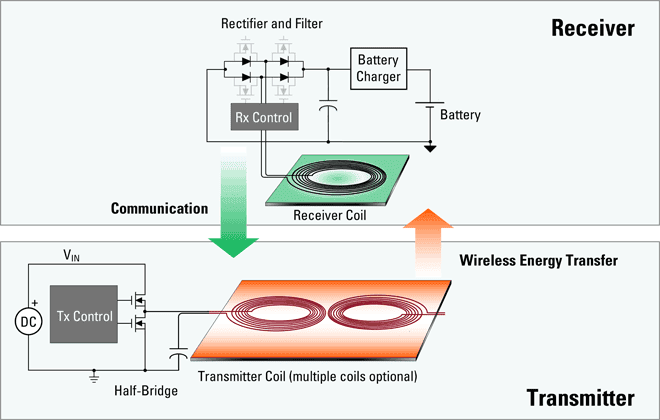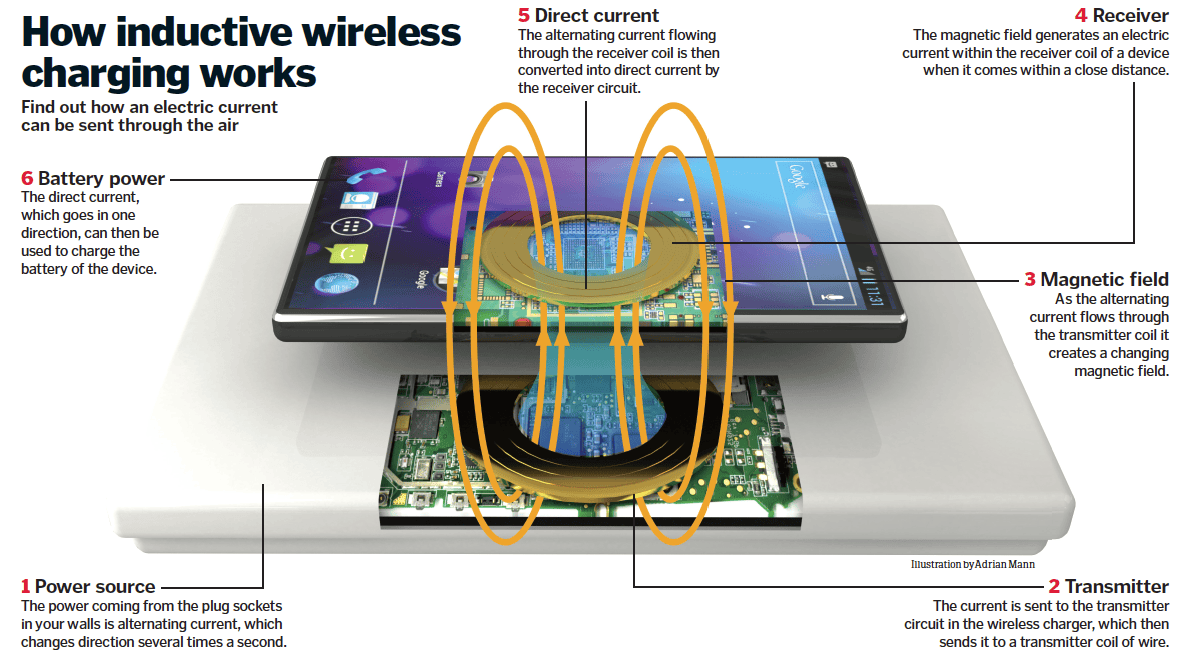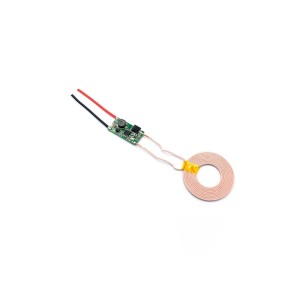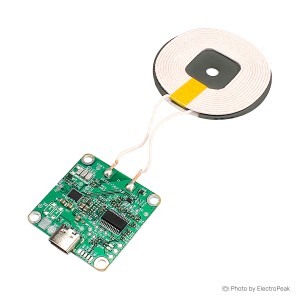Wireless Charger
Wireless Charger Modules
Wireless charger modules represent the forefront of charging technology, offering the convenience of cable-free power transmission. These innovative devices utilize electromagnetic fields to transfer energy between the charger and compatible devices, eliminating the need for traditional charging cables. The market boasts various models, each designed to cater to specific power requirements and device compatibility.

Price of Wireless Charger Modules:
The price of wireless charger modules varies based on factors such as power capacity, charging speed, and additional features. High-power models like the 20W Qi Wireless Power Supply Transmitter Charging Coil Module may be positioned at a different price point compared to standard 5V Wireless Transmitter and Receiver Charging Power XKT-412 models. Consider your device's compatibility and desired charging speed when exploring wireless charger options.
Tips for Buying Wireless Charger Modules:
Power Compatibility: Ensure the wireless charger module aligns with your device's power requirements for efficient charging.
Charging Speed: Consider the charging speed offered by the module, especially for quick-charging capabilities.
Qi Compatibility: Check for Qi wireless charging standard compliance to ensure compatibility with a wide range of devices.
Design and Form Factor: Evaluate the design and form factor of the charger, ensuring it suits your preferences and fits seamlessly into your environment.
Popular Models of Wireless Chargers:
20W Qi Wireless Power Supply Transmitter Charging Coil Module: Ideal for fast-charging compatible devices, this high-power model offers efficient and quick wireless charging capabilities.
5V Wireless Transmitter and Receiver Charging Power XKT-412: A versatile module with a 5V output, suitable for a wide range of devices, providing reliable and cable-free charging.
Ultra-Slim Wireless Charging Pad with LED Indicators: Catering to those who prioritize aesthetics, this ultra-slim charging pad not only wirelessly charges your devices but also adds a touch of elegance to your space. LED indicators provide real-time charging status for added convenience.
Foldable Wireless Charging Stand for Smartphones and Smartwatches: Perfect for tech-savvy users on the go, this foldable charging stand accommodates both smartphones and smartwatches simultaneously. Its foldable design enhances portability, making it an excellent travel companion.
Qi-Certified Dual-Coil Wireless Charging Mat: Ideal for users with multiple devices, this Qi-certified charging mat features dual-coil technology, allowing for flexible device placement. The wide charging area ensures compatibility with a variety of Qi-enabled devices.
How does a wireless charger work?
A wireless charger operates on the principle of electromagnetic induction. Inside the wireless charger, there's a coil that generates an electromagnetic field when connected to a power source. When you place a Qi-compatible device on the charging pad, it also contains a coil that detects the electromagnetic field. This induces an electric current in the receiving coil, converting it back into usable electricity to charge the device's battery. It's a contactless and efficient method that eliminates the need for physical connections like charging cables, providing a convenient and clutter-free charging experience for various electronic devices.

What does Qi Certified mean?
"Qi Certified" refers to compliance with the Qi wireless charging standard established by the Wireless Power Consortium (WPC). Devices and chargers that carry the Qi Certified logo have undergone rigorous testing to ensure interoperability and adherence to the standard's specifications. This certification guarantees that the wireless charger and the device it charges meet the necessary requirements for safe and efficient wireless charging. Consumers can trust Qi Certified products for compatibility across different brands and models, ensuring a reliable and standardized wireless charging experience.
Maximum power transmitted in wireless charging vs. cable?
Wireless charging typically has a slightly lower maximum power transmission compared to traditional cable charging. While advancements have enabled higher power levels in wireless charging, cable charging, especially using USB Type-C or other fast-charging technologies, often supports faster power delivery. The maximum power transmitted wirelessly can vary but is commonly in the range of 10-20 watts for consumer devices. In contrast, cable charging can go beyond 50 watts, allowing for quicker charging times. However, the convenience of wireless charging often outweighs the slight difference in charging speed for many users.

Is it possible to transmit data with a wireless charger?
No, wireless chargers are designed solely for power transmission and cannot be used to transfer data. Their functionality is limited to providing a wireless power source for charging compatible devices. For data transfer, separate connections such as USB cables or wireless data transfer technologies like Bluetooth or Wi-Fi are required. It's essential to use the appropriate cables or technologies based on the specific needs of data transfer or device synchronization, as wireless chargers are exclusively dedicated to providing a cable-free charging solution.
How does distance impact power transmission?
The distance between the wireless charger and the device significantly influences power transmission. In most wireless charging setups, power transmission efficiency decreases with distance. The electromagnetic field weakens as the distance increases, leading to a reduction in the amount of power reaching the device. Modern wireless charging technologies are designed to maintain efficiency over short distances, typically a few millimeters to centimeters. As you move the device farther from the charging pad, the power transmission weakens, and beyond a certain distance, charging may become impractical. Positioning the device correctly on the charging pad ensures optimal power transfer, emphasizing the importance of close proximity for efficient wireless charging.




